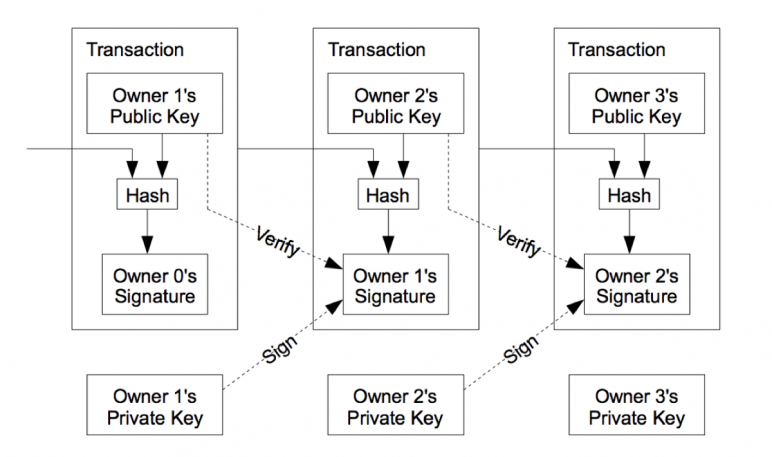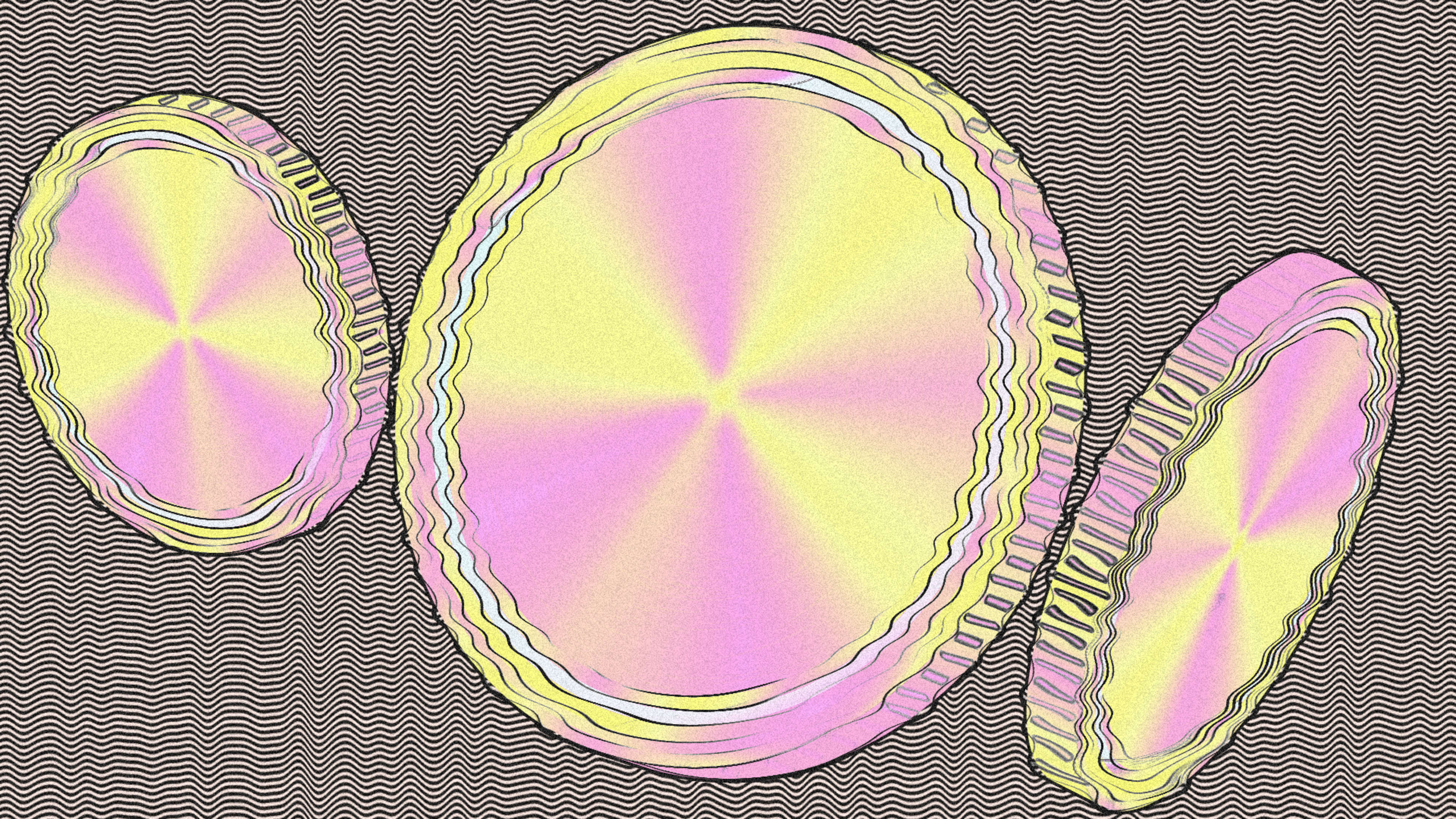When I started at Coinbase a year ago, it quickly became clear that there are a thousand big problems to solve in crypto–and very few of them had been considered by a designer. I shared this thought with one of my design heroes, John Maeda. Where should I begin? He looked at me thoughtfully and said, “It sounds like what you need is a design movement.”
Within a few weeks, I could tell: He was right.

Lesson From the Past: Road Signs in England
To start talking about why design matters in crypto, let’s shift back for a moment to the 1930s. Back then, this is what most road signs in England looked like: dense word layout, complicated symbols, and a lot of information. This worked when the top speed of a car was 30 mph.
When we got to the 1950s, the top speed of a car jumped to 75 mph and highways were appearing across the country, but the signs had not changed. Crashes were frequent and roads were dangerous–there were even protests petitioning to add speed limits to roads.
The speed of automobiles was a technology that was literally moving faster than design. A design movement–the creation of something that didn’t exist before–was needed.

Creating a New System
The task to create a road signage system for this new fast-paced world fell upon two designers, Margaret Calvert and Jock Kinneir. To define their goal for this project, they posed two simple questions:
- What do you need to know while traveling at high speeds?
- At what distance do you need to know it?
This was new territory at the time. Calvert said, “It required completely radical thinking. The information wasn’t there in terms of reading distance, clarity, and letter spaces.”
As someone at the start of a similarly large and foreign design challenge, I find it refreshing to learn about the rigor they applied to their process. Calvert and Kinneir spent years testing for legibility in all different conditions. They would create prototype signs and prop them up against trees to determine the most effective background colors and reading distances. They would then drive past their prototypes at 60 mph. At night. In the rain. When safety is concerned, all edge cases matter.
Here is a side-by-side comparison of their signage, before and after. There are noticeable differences in letter shapes, color, and clear symbols that were isolated from the rest of the graphic. One worked for the past, one continues to work for the future.
By 1959, the new signage system was rolling out everywhere, and nations all over the world adopted the same system as they built their own highways. This set the precedent for what road signs still look like today.

Fast-Forward to Today: The World of Blockchain
Like the road signs of the 1950s, technology in the world of blockchain is moving faster than ever and our signage hasn’t kept up. We’re at the very beginning–we’re defining new paradigms that will help millions of people use the technology safely and effectively.
Here are just a few specific examples of the design challenges we face.
For one, the industry does a terrible job of explaining itself. If you search the web for “blockchain,” this is the kind of information you find:

This is a diagram of private key encryption. Which is important technology. But how important is it to know the intricacies of how it works? I’ll be the first to say that I find it intimidating and confusing, and I think it’s okay to admit that. At a high level, there are essentially three main concepts you need to know–bitcoin, cryptocurrency, and blockchain.
Cryptocurrency is digital money. It’s not controlled by any government or institution. It doesn’t have borders. It’s decentralized and available to everyone.
Bitcoin was the first cryptocurrency. Now there are hundreds of others, but it’s still the most stable and widely used.
Blockchain describes the underlying technology powering cryptocurrencies. A blockchain is a public log of everyone’s transactions.
If you don’t get it yet, that’s okay. Count yourself wiser if you now know that they aren’t interchangeable words for the same thing.
As we build products at Coinbase, we’re facing a new set of interesting design challenges. Above all, we want to make this transformative new technology accessible to as many people in the world as possible. Here are three specific challenges we’re taking on to start:

Design Challenge 1: Considering a new form of “address”
Most of us think of an address as a number and a street. We know that if we mail something to that address, you’ll eventually receive it.
1234 Main St.
Then came the invention of the telephone. Every house with a landline received a new kind of address: a set of numbers –10 digits, in the U.S.
(415) 555–2646
Then of course, emails came to be, and we now had to associate how to reach you to an even more technical sequence of characters.
yourname@gmail.com
So what does a bitcoin address look like?
1BvBMSEYstWetqTFn5Au4m4GFg7xJaNVN2
The strangest of them yet, a string of 34 nonsensical characters. While this makes sense for machines to parse, it’s not as easy for humans. If you get this address wrong, you might accidentally send away your bitcoin. These are not easy problems to explain, let alone to prevent.

Design Challenge 2: There are no easy analogs for crypto–not even stocks
The existing frameworks people use when thinking about buying and selling stocks don’t always translate to crypto. The question I hear most frequently is, “Do I have to buy a whole bitcoin?” When people buy stock, they buy a whole share. But that’s not how crypto works.
You can buy a whole bitcoin, but you can also buy half, or any portion, down to its smallest unit, the satoshi. One satoshi is 1/100,000,000 of a bitcoin. In U.S. dollar terms, that’s about 1/100th of a penny. Many people think they can’t afford bitcoin because it appears to be more expensive than other cryptocurrencies, but that’s not the case.

Design Challenge 3: Creating meaning out of very long numbers
Because it’s possible to buy and sell tiny fractions of coins, we now have issues such as how to display very long decimal numbers–and make them mean something. As it turns out, the number that takes up the most visual space is actually the smallest in value, and by quite a lot! How do we, at a glance, communicate that value clearly?

Broader Questions
I find that some of the most interesting questions are the ones that are the most abstract and don’t have easy solutions.
- How do we design intangible money?
- How do we build trust in a concept, instead of a company?
- How do we make it all simple enough so a child can understand?
These are the questions we ask ourselves frequently at Coinbase as we think through solutions. Children have a basic understanding of money, banks, and exchange of value. If we’re trying to do those same things with blockchain, we should be able to explain those concepts to them as well.

Creating a Design Movement in Crypto
Blockchain today is often compared to the internet in the 1990s. When the internet first came about, you couldn’t have predicted that 20 years later people would be using it to share their houses and cars (thanks to Airbnb and Lyft). The builders of the web didn’t have to know what all the possibilities were–they were just a group of passionate people who believed that this technology was important and transformational to society, and they pulled together to work to make it a reality.
The opportunities in crypto are equally inspiring, and we can’t predict them all. That’s why it’s so important that we get more curious and thoughtful people into the space, and early on. Alongside all the brilliant protocol developers, investors, and entrepreneurs–we need more people thinking about guidance, education, and use cases–people who can make technical ideas accessible to all.
In other words, we have the highways, and the cars are getting super fast, but our signs have not caught up. These are totally new problems. And we work on them because we see the possibilities and believe the solutions can have a meaningful and massively positive impact for the world.
Connie Yang is the director of design at Coinbase. Prior to joining Coinbase, she spent more than four years as a product designer at Facebook, shaping the digital profiles of over 1 billion people. Her work as a designer has spanned advertising, gaming, social networks, and is now focused on building a new and more secure open financial system for the world. Follow her on Twitter. This essay was adapted with the author’s permission. Read the original here.
Recognize your brand’s excellence by applying to this year’s Brands That Matter Awards before the early-rate deadline, May 3.
